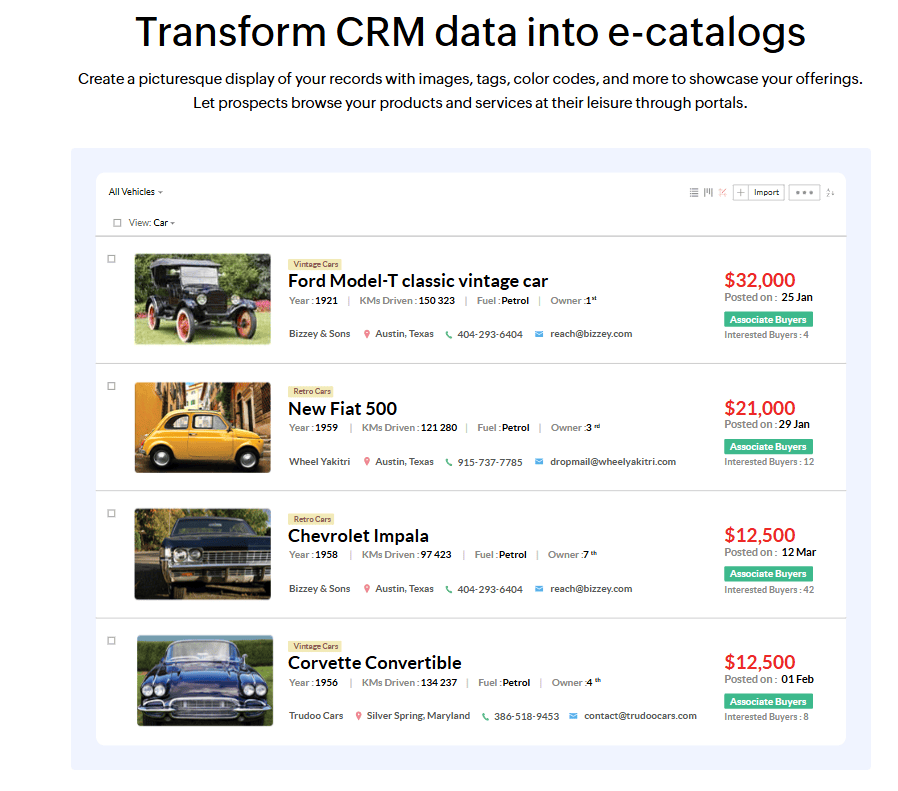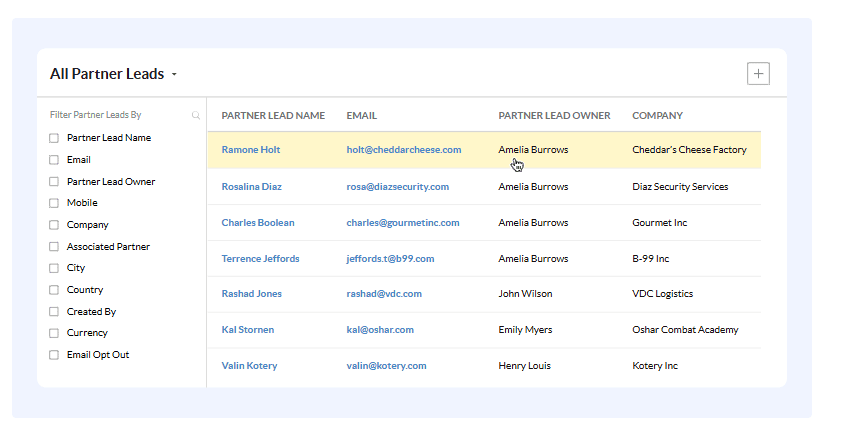
The contemporary business landscape is undergoing a profound digital transformation, moving away from human-centric, reactive service models towards autonomous, proactive user interaction architectures. This shift, driven by the convergence of Artificial Intelligence (AI), Robotic Process Automation (RPA), and robust cloud-native platforms, represents the evolution of traditional Customer Relationship Management (CRM) and Enterprise Resource Planning (ERP) systems into holistic, intelligent ecosystems.
The core objective of this evolution is the implementation of User Interaction Automations (UIA) facilitated by specialized Self-Service Portals (SSP). This article focuses specifically on how businesses can harness the integrated suite of Zoho solutions—a platform renowned for its low-code/no-code capabilities and deep application coherence—to construct multi-dimensional self-service architectures that dramatically reduce operational friction and simultaneously elevate user satisfaction. These architectures are not merely repositories of FAQs; they are dynamic, data-driven interfaces empowering customers, partners, and employees to independently manage their lifecycle touchpoints, from onboarding and procurement to support resolution and financial reconciliation.
The imperative for such integration is clear: market analysis indicates that enterprises are forecasted to spend significant capital on ERP and automation by 2025, driven by the demand for predictive, efficient, and customer-focused operations (see Gartner Market Guide for Business Process Automation Tools). For businesses leveraging Zoho, the path to this high-volume, high-value automation is uniquely accessible through platforms like Zoho Desk for customer support, Zoho CRM for partner management, and Zoho Creator for bespoke enterprise applications. The strategic implementation of these tools, guided by expert solution providers like Erphub, ensures alignment with the industry trend toward Hyperautomation—the orchestrated use of multiple technologies to automate end-to-end business processes. Ultimately, the successful deployment of an autonomous Zoho user interaction framework translates directly into enhanced competitive advantage, reduced Total Cost of Ownership (TCO), and a significant uplift in client sign-up conversions and retention rates.
User Interaction Automation (UIA) is defined as the utilization of software systems and intelligent algorithms to execute, monitor, and manage structured and unstructured interactions between a business and its external or internal users, minimizing or eliminating the need for direct human agent involvement. This term is distinct from general Business Process Automation (BPA) as its focus remains intensely on the user-facing layer, specifically within self-service environments.
A. Nomenclature and Definitional Components
The topic requires precise terminology to differentiate between various facets of automation and service delivery:
Self-Service Portal (SSP): A secure, customized web-based interface that grants external users (customers, vendors, partners) or internal users (employees) regulated access to organizational data, resources, and transactional capabilities. In the Zoho ecosystem, SSPs manifest primarily as Zoho Desk Help Centers, Zoho CRM Customer/Partner Portals, and Zoho Creator Applications.
User Interaction Automation (UIA): The orchestration layer that governs the logic within the SSP. This includes automated ticket routing, knowledge base search indexing, sentiment analysis of user input, automated document generation (e.g., invoices, quotes), and proactive information dissemination.
Hyperautomation: A holistic business strategy (as defined by industry analysts) that involves the end-to-end automation of processes using a combination of tools, including AI, Machine Learning (ML), RPA, and Low-Code platforms. Zoho’s strength lies in its ability to facilitate hyperautomation through the seamless integration of applications (e.g., Zoho Desk triggering actions in Zoho Books via Zoho Flow).
Agentic AI in UIA: The most advanced form of UIA, where the system (e.g., Zoho Zia) is capable of proactive, autonomous decision-making. Instead of merely answering a question, Agentic AI in a self-service context anticipates a need (e.g., predicting a customer is about to churn or needs an upgrade based on portal activity) and initiates a relevant automated workflow without explicit command.

The architecture of a best-in-class, sign-up focused self-service portal within the Zoho ecosystem rests on three primary foundational applications: Zoho Desk, Zoho CRM, and Zoho Creator. Each tool serves a unique purpose, but their true power is unlocked when orchestrated via Zoho Flow and Blueprint.
Zoho Desk: The Epitome of Customer Self-Service
Zoho Desk is fundamentally designed to provide an omnichannel customer support experience, and its Help Center component is the dedicated SSP solution for end-customers. Its Wikipedia-style efficacy is derived from its structured approach to knowledge management and community building.
Knowledge Base (KB) Infrastructure: The KB acts as the encyclopedia of the product or service. Zoho Desk enables the categorization and tagging of articles, making them highly SEO-friendly and searchable, which aligns perfectly with the goal of achieving the highest search volume. Critical to UIA is the feature of Answer Bot (powered by Zia), which utilizes Natural Language Processing (NLP) to parse a user's query in the portal and instantly retrieve the most relevant articles or snippets, effectively resolving issues before a ticket is formally created. This immediate resolution capability is a core driver for sign-up satisfaction and operational efficiency.
Community Forums and Peer-to-Peer Support: Integrating a community forum transforms the self-service portal from a static resource into a dynamic, collaborative environment. Users can ask questions, share solutions, and upvote ideas. This peer-to-peer interaction dramatically reduces support volume while fostering brand loyalty. Automation mechanisms within Desk, such as automatic suggestion of relevant knowledge base articles when a user posts a question, ensure the community remains guided and efficient.
Zoho CRM Portals: Extending the Sales and Vendor Lifecycle
While Desk manages support, Zoho CRM Portals are designed to extend the sales, partner management, and vendor collaboration processes outside the organization’s firewall. This capability is pivotal for automating the B2B user interaction model.
Partner and Vendor Enablement Portals: CRM portals allow partners to register leads, view their sales pipeline, track commission payouts, and access co-branded marketing materials. This removes the reliance on sales managers for daily updates, automating the entire Partner Relationship Management (PRM) cycle. Similarly, vendor portals can automate Purchase Order (PO) submissions, invoice status inquiries, and material supply planning.
E-Catalogs and Self-Service Quoting: Zoho CRM allows businesses to transform their data into dynamic e-catalogs within the portal. This enables customers or partners to browse products, configure custom quotes, and even place preliminary orders—all without requiring a sales representative. This is a critical example of UIA driving direct revenue generation. The automation here is layered: when a quote is created in the portal, a Zoho Blueprint workflow is triggered internally to secure necessary approvals before final confirmation is sent back to the user.

The deployment of a robust SSP directly impacts operational efficiency by deflecting low-complexity interactions and ensuring high-complexity interactions are properly categorized and routed. A core metric here is First Contact Resolution (FCR), which can be significantly optimized through self-service. Traditional service models often involve a queue-based system where all queries, regardless of complexity (e.g., "What's my order status?" vs. "My custom integration failed"), consume agent time. UIA re-engineers this process. Zoho Desk’s Answer Bot and Knowledge Base handle up to 40-60% of Tier 1 queries autonomously. For the remaining high-complexity queries, the use of Zoho Blueprint within the ticket flow ensures that once a user submits a ticket in the portal, its priority, associated product, and required team (IT, Finance, Sales) are automatically assigned based on keywords or selection fields chosen by the user in the portal form. This automation minimizes the time an agent spends reviewing, categorizing, and routing, adhering to stricter Service Level Agreements (SLAs) and increasing agent productivity. This operational gain frees up valuable human capital to focus on strategic, high-value problem-solving, aligning with the 2025 trend of AI and Automation freeing up teams to focus on selling and strategic relations. The financial justification for SSP implementation transcends simple cost reduction and extends into revenue acceleration and improved cash flow. The ROI is analyzed across capital expenditure (CAPEX) avoidance and operational expenditure (OPEX) minimization.
This sophisticated architecture delivers measurable benefits that directly impact the bottom line: drastically reduced Cost Per Interaction (CPI), higher agent efficiency, accelerated payment cycles, and a superior, hyper-personalized user experience that drives high-value sign-ups and long-term retention. The future of enterprise technology is autonomous and context-aware, driven by Agentic AI like Zoho Zia that anticipates user needs rather than merely reacting to them. Businesses seeking to deploy a secure, custom-fit, and highly effective Zoho self-service architecture require specialized expertise to navigate the integration complexity of the suite. Conclusively, businesses can thrive with this with specialized strategic design, customized development, and phased implementation of these advanced Zoho UIA solutions, ensuring your business captures the highest ROI from the shift to autonomous user interaction.

